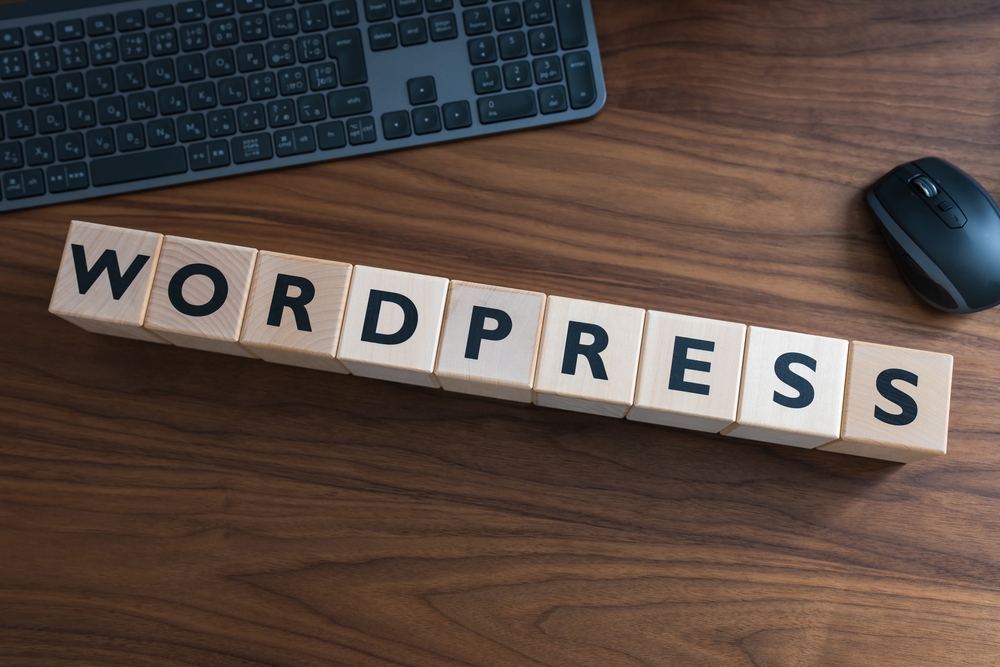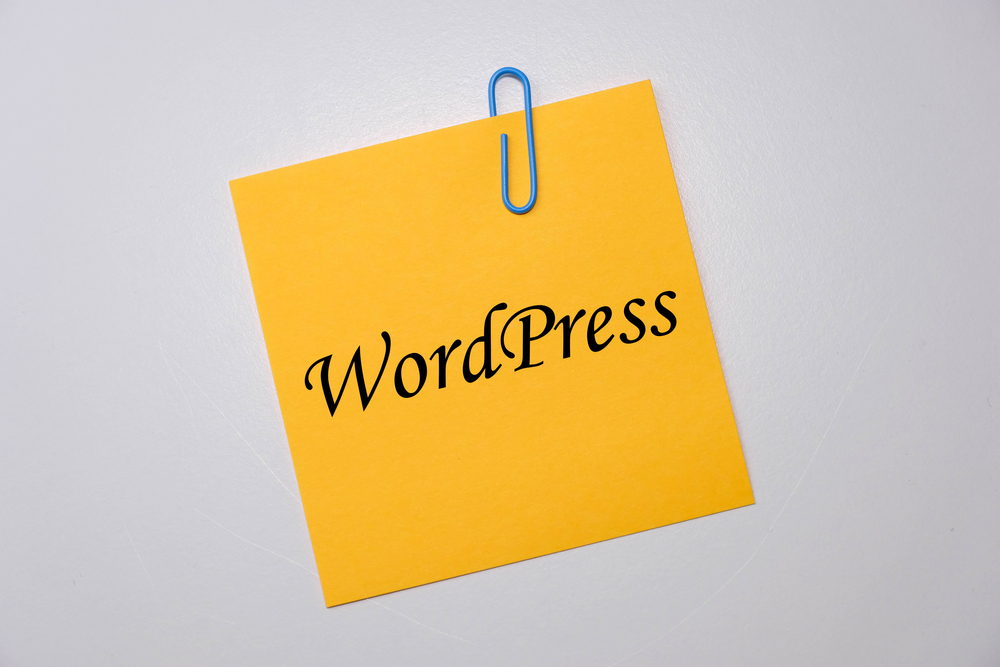
Mastering WordPress: Essential Tips and Tricks for Customizing and Maintaining Your Website

WordPress (or WP) has become the go-to platform for creating websites due to its user-friendly interface and countless customization options. Whether you are a beginner or an experienced user, there are always ways to enhance your WordPress (the blogging platform) skills to create a truly unique website that stands out from the crowd. In this article, we will explore some essential tips and tricks for customizing and maintaining your WordPress (the platform for bloggers) website.
1. Choose the Right Theme
The theme you select for your WordPress website plays a vital role in its overall appearance and functionality. There are numerous free and premium themes available, offering different layouts and design options. When selecting a theme, consider your website's purpose and audience. Look for a theme that is responsive, SEO-friendly, and provides easy customization options. WordPress (WP) offers a preview option, allowing you to visualize how your content will look with different themes before making a final decision.
2. Customize Your Theme with Plugins
WordPress is renowned for its extensive plugin repository. Plugins are add-on software that enhances your website's functionality without the need for coding. Whether you want to improve your website's performance, add social media integration, implement SEO strategies, or enhance user experience, plugins can do all that and more. Explore the WordPress Plugin Directory to find plugins that meet your specific requirements. Popular plugins include Yoast SEO for search engine optimization, Jetpack for performance optimization, and Contact Form 7 for creating contact forms.
3. Learn about Widgets and Sidebars
Widgets are a fundamental element of WordPress that allows you to add additional functionality, content, and design elements to your website's sidebar, footer, or other widget-enabled areas. They offer great flexibility in customizing your website's appearance and making it more user-friendly. WordPress comes with built-in widgets that you can easily add or remove from your website. Additionally, many themes and plugins offer their own unique widgets that you can utilize. Experiment with different widgets to enhance your website's usability and aesthetic appeal.
4. Optimize Website Speed
Website speed is a crucial factor that affects user experience and search engine rankings. According to research, 40% of visitors abandon a website that takes more than three seconds to load. To optimize your WordPress website's speed, start by choosing a lightweight theme and minimizing the use of plugins. Additionally, consider using a caching plugin, optimizing images, and leveraging content delivery networks (CDNs). Regularly monitor your website's speed using tools like Google PageSpeed Insights or GTmetrix, and make necessary adjustments to improve its performance.
5. Regularly Update WordPress and Plugins
Keeping your WordPress core and plugins up to date is essential for maintaining website security and optimal performance. Outdated versions may contain vulnerabilities that hackers can exploit. WordPress provides regular updates with security patches and feature enhancements. It is also crucial to update your plugins to the latest versions to ensure compatibility and security. Enable automatic updates or regularly check for updates manually to keep your website secure and functioning smoothly.
6. Secure Your Website
Website security is a top priority for any website owner. WordPress itself is a secure platform, but additional precautions are necessary to protect your website from potential threats. Start by using strong, unique passwords for your WordPress admin and FTP accounts. Implement two-factor authentication to add an extra layer of security. Regularly backup your website to ensure you can restore it in case of any emergencies. Consider using security plugins like WordFence or Sucuri that offer various security features, such as malware scanning, firewall protection, and login attempt limitation.
7. Take Advantage of Customization Options
WordPress provides a plethora of customization options to make your website truly unique. From customizing your website's header, footer, and background to choosing different color schemes and fonts, WordPress offers endless possibilities. Many themes come with built-in customization options that allow you to modify the layout, colors, and typography. Additionally, you can use custom CSS to add your own code and tweak the appearance further. Explore the WordPress Customizer and Theme Editor to take full advantage of the customization options available.
8. Utilize SEO Best Practices
Search Engine Optimization (SEO) is crucial for improving your website's visibility in search engines. WordPress has several SEO-friendly features built-in, such as clean URLs, customizable permalinks, and automatically generated sitemaps. However, to maximize your website's SEO potential, consider installing an SEO plugin like Yoast SEO or All in One SEO Pack. These plugins offer a range of features, including XML sitemap generation, meta tag optimization, keyword analysis, and content readability suggestions. Optimize your content for relevant keywords, create compelling meta titles and descriptions, and build quality backlinks to improve your website's search engine rankings.
9. Frequently Asked Questions
Q1: How do I install a WordPress theme?
A: To install a WordPress theme, log in to your WordPress dashboard, navigate to Appearance > Themes, click on the Add New button, and search for your desired theme. Once you find it, click on the Install button, and then Activate.
Q2: Can I change my website's theme without losing content?
A: Yes, changing your theme will not affect your website's content. However, it may affect the appearance and layout. Ensure to backup your website before making any major changes.
Q3: What should I do if a plugin update breaks my website?
A: If a plugin update causes issues on your website, the first step is to deactivate the problematic plugin. You can do this by accessing your website's files via FTP and navigating to the wp-content/plugins directory. Look for the folder corresponding to the plugin and rename it. This will deactivate the plugin, allowing you to access your website and troubleshoot the issue.
Q4: How often should I update my WordPress website?
A: It is recommended to update your WordPress website as soon as new updates are available. Regularly check for core updates, theme updates, and plugin updates. Enabling automatic updates is also a good practice to ensure your website remains up to date.
Q5: How can I improve my website's security?
A: To improve your website's security, use strong passwords, implement two-factor authentication, regularly update WordPress and plugins, backup your website regularly, and consider using security plugins. Ensure your hosting provider offers SSL certificates and firewall protection.
In conclusion, mastering WordPress is crucial for customizing and maintaining your website effectively. By choosing the right theme, customizing it with plugins and widgets, optimizing website speed and security, and taking advantage of customization options, you can create a website that seamlessly aligns with your vision and meets your audience's needs. Regularly updating your WordPress core and plugins, optimizing for SEO, and staying up to date with the latest WordPress trends and practices will ensure your website remains secure and successful in the long run.
Other useful resources
- https://en.wikipedia.org/wiki/WordPress
- https://www.wordpress24plus.com/services/wordpress-development/
- https://www.wordpress24plus.com